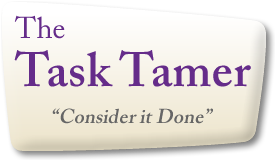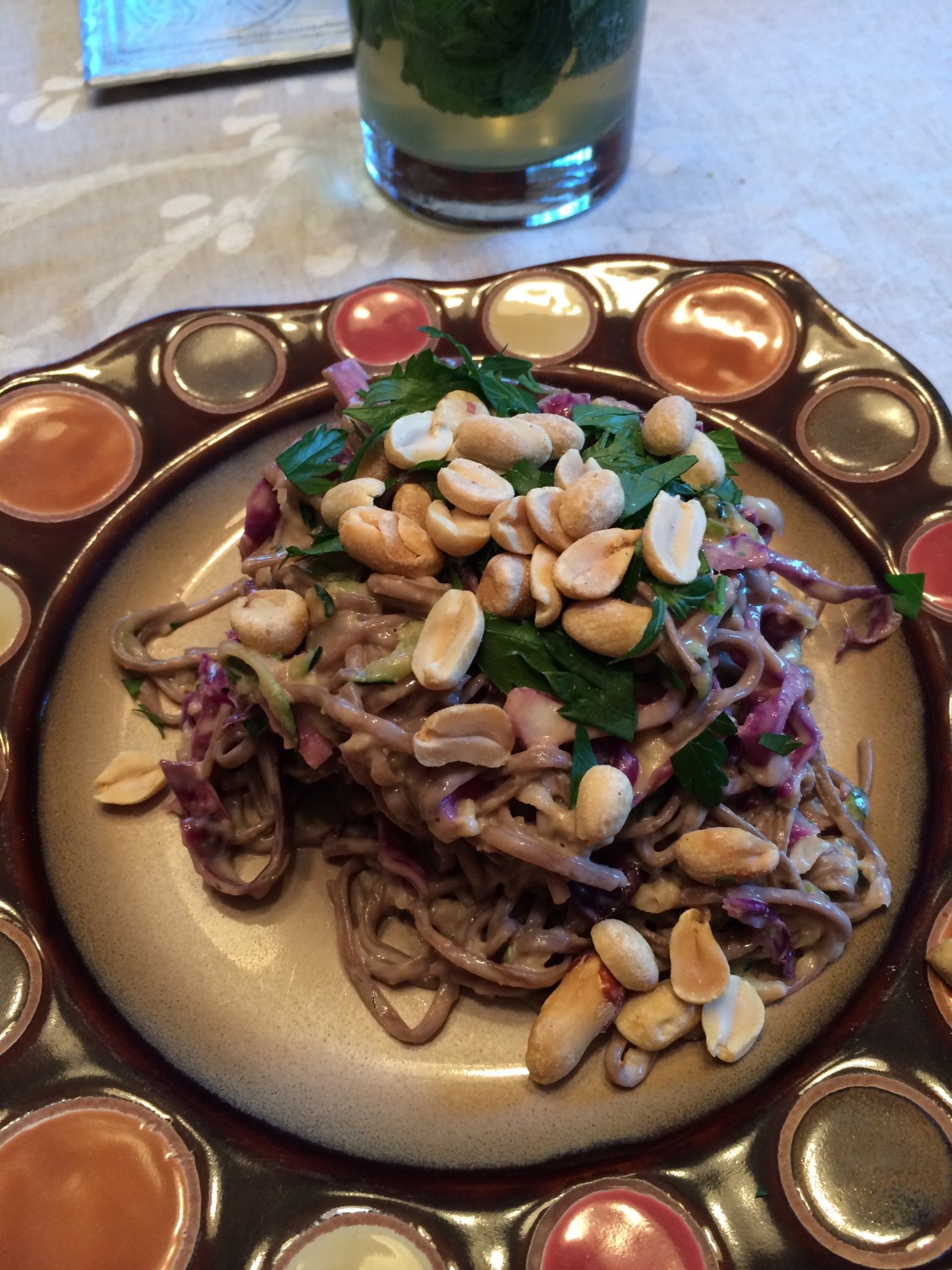
It seems the world is full of people who are willing to offer unsolicited advice. There are two topics that you are supposed to avoid to maintain polite conversation: religion and politics. I would like to add another: food. Recently my husband and I were indulging ourselves with some ice cream at Coldstone Creamery. He loves to order frozen yogurt because he likes the flavors offered. The teenager doing the scooping decided to give my husband a lesson on frozen yogurt vs. ice-cream and why choosing the yogurt isn't the smarter choice even though many people seem to think it is healthier. (Here is a quick reference if you are interested in the comparison.) The funny thing is my husband just happened to like the flavor that was being offered that day. We both know that either choice is a treat and it is more important to pay attention to portion than type of dessert (we always order the smallest size in a dish, not a cone). I had to laugh at the young educator who probably just learned a little about nutrition in health class and decided to show off his knowledge to the unsuspecting adults.
I thought about this incident when I read an article from the Washington Post titled No Food is Healthy. Not Even Kale. The author, Michael Ruhlman, starts his blog by mentioning how he commented on a women’s purchase of fat-free half-and-half at the grocery store. He tried to educate her on why her choice wasn't necessarily smart. She didn't seem to appreciate his information any more than my husband appreciated the judgement of the young ice cream scooper. Mr. Ruhlman goes on to make some excellent points, though. I have written many times about how large food companies go to great lengths to promote their products by using words like natural, fat-free, healthy, enriched, fortified, etc., to make consumers think these foods are smart choices. As I like to say, manufacturers are looking out for the bottom line, not your bottom. And yet people get taken in by these words. The author points out that no food is healthy. It is a not an adjective that should be applied to food. People are healthy, food is nutritious. He states, “We will be healthy if we eat nutritious food.” It might seem like splitting hairs, but it’s true. All food contains some kind of nutrition. The author even makes a case for pork rinds because they are full of protein! However, I’d be willing to bet everyone knows that eating pork rinds in place of a lean protein for dinner is not going to keep you healthy. Try this experiment: think of a food that you believe to be the healthiest thing you can eat. Got it? Now imagine eating only that food for every meal. Obviously that is not a smart thing to do because that “health” food will not be enough to keep you healthy. Humans need nutritious foods and that means eating a good balance of fats, sugars, carbohydrates, vitamins, proteins, etc., preferably from food, not supplements. How many times do we hear about some miracle diet that cuts out one entire food group to promote weight loss only to find out that doing so creates different problems? As Oprah is famously claiming, you can eat bread and be healthy! Don't get suckered in by the giant food companies. Learn to read the nutrition labels and pay attention to portions. Eat food made from plants, not made in a plant. Chose nutritious foods and you will be healthy!
Oh, and be prepared for unsolicited advice from strangers!
We are expecting a heat wave this week so I am going to be making a lot of salads. I get tired of eating green salads, though, so pasta, bean or grain salads will be good alternatives. One of my favorites is Summer Bean and Corn Salad. I also love noodle salads made with a peanut sauce or dressing because it can be served warm or cold. I posted this recipe last September and this week’s recipe is similar, which demonstrates how easy it is to adapt a recipe based on what you have on hand! If you don't want to cook any noodles, you can omit them all together.
Zucchini, Cabbage and Peanut Noodle Salad 
Ingredients
Salad:
6 ounces udon noodles or whole wheat spaghetti, cooked according to package
1 tablespoon peanut oil
1/3 cup coconut milk
2 garlic cloves or scapes, minced
2 spring onions or green onions, minced
2 medium zucchini, shredded
1/2 head purple cabbage, sliced into shreds
2-3 radishes, sliced thin
Dressing:
1/2 cup smooth, peanut butter, preferably made with just peanuts
1 garlic clove or scape, coarsely chopped
Juice from 1 large lime, (use more or less, depending on preference)
1/4 coconut milk
1 tablespoon aminos or soy sauce
1/2 tablespoon rice vinegar
1 tablespoon Sriracha or chili sauce, (use more or less, depending on preference)
Cilantro and chopped peanut for topping (optional)
Directions: